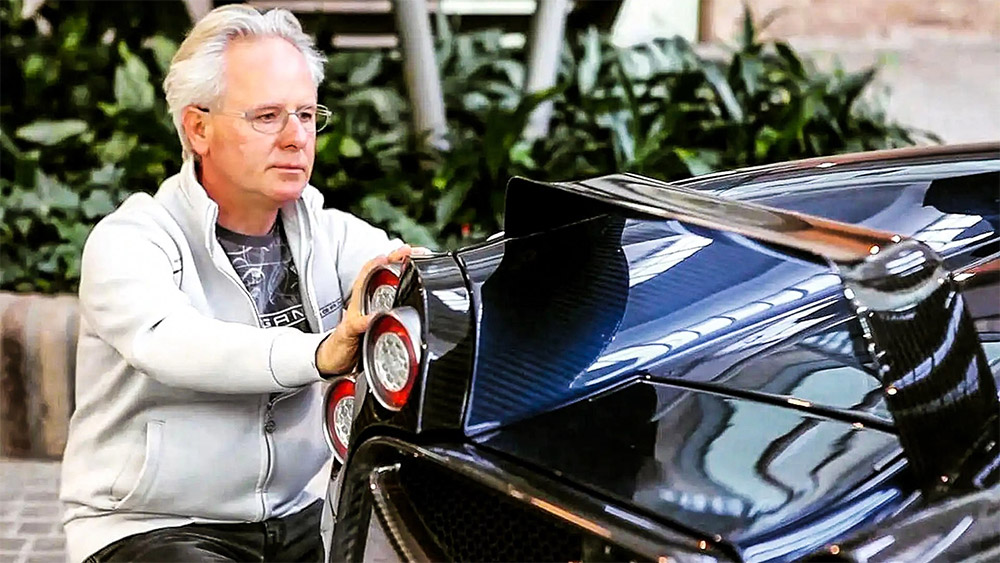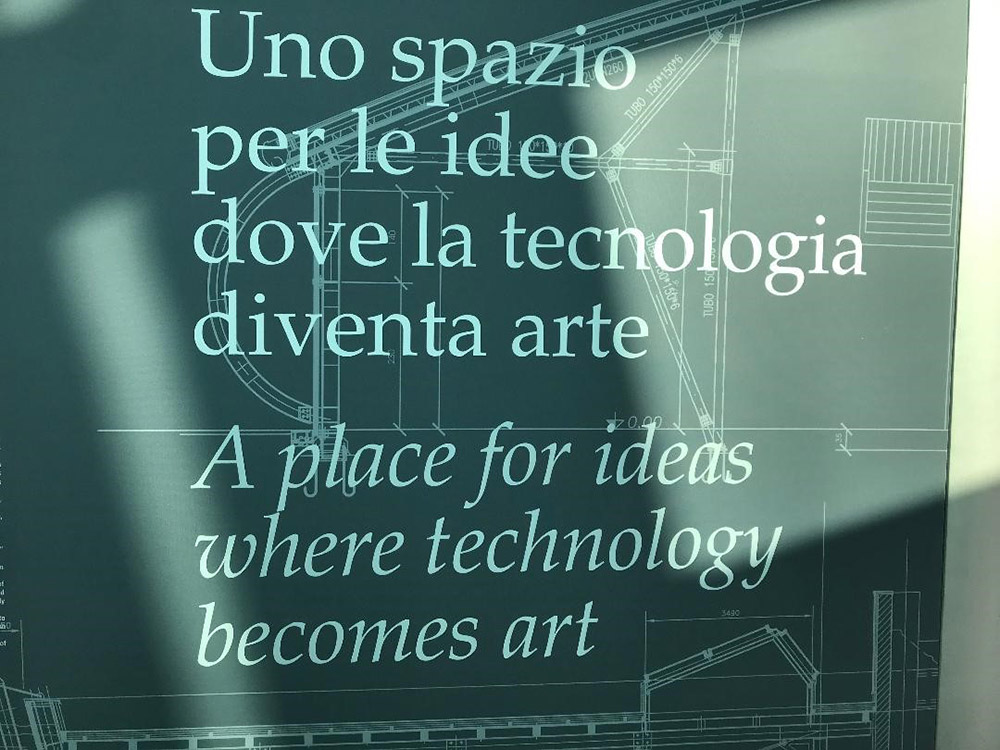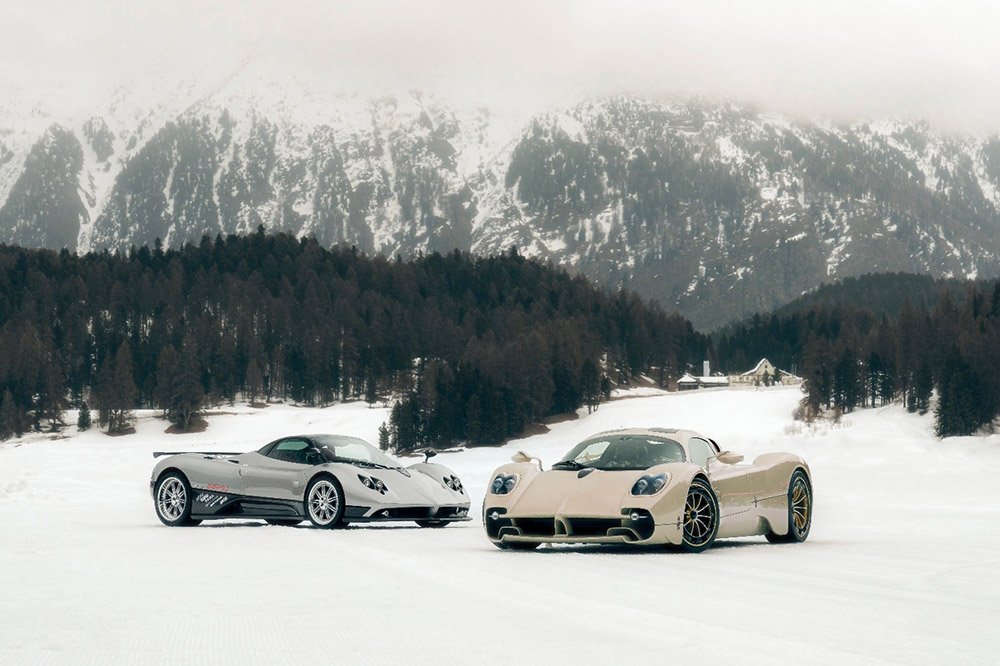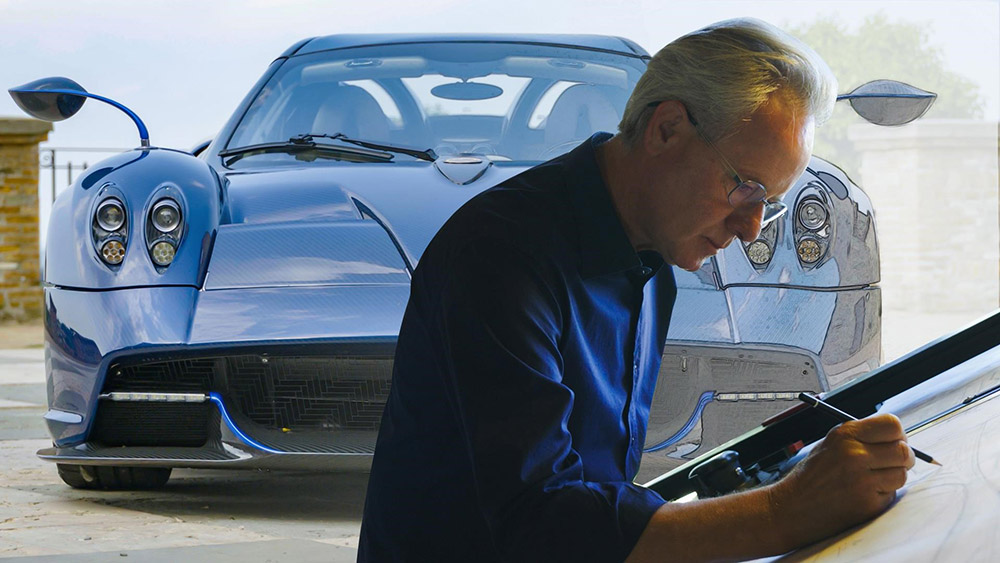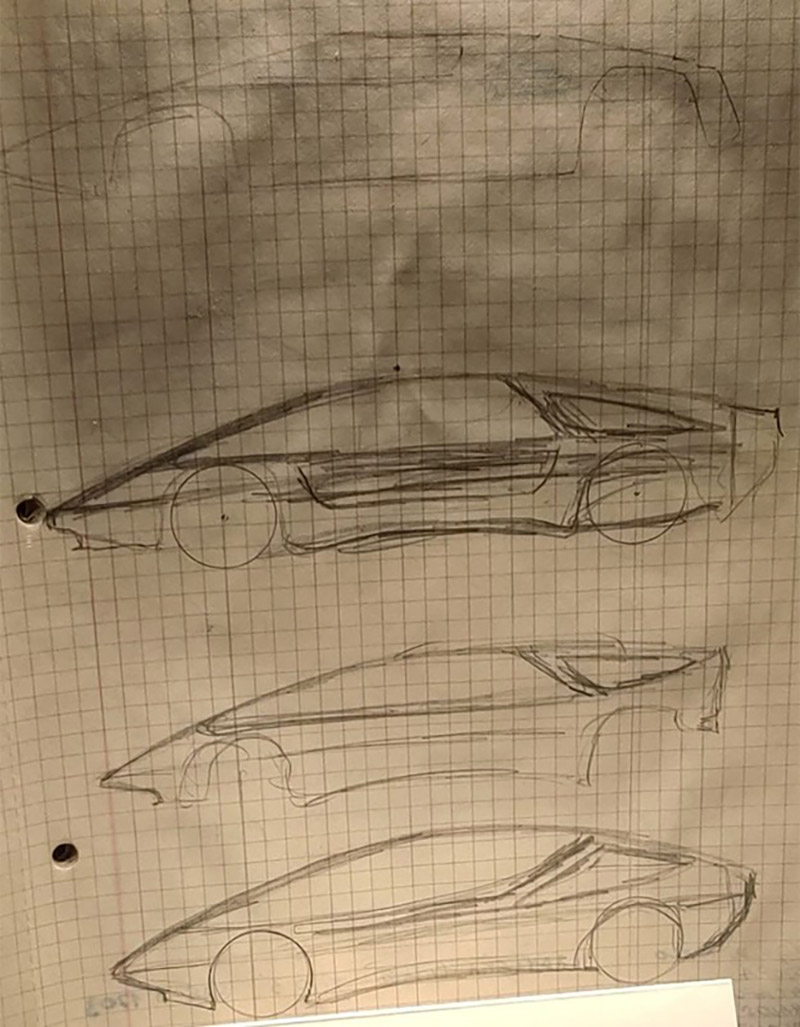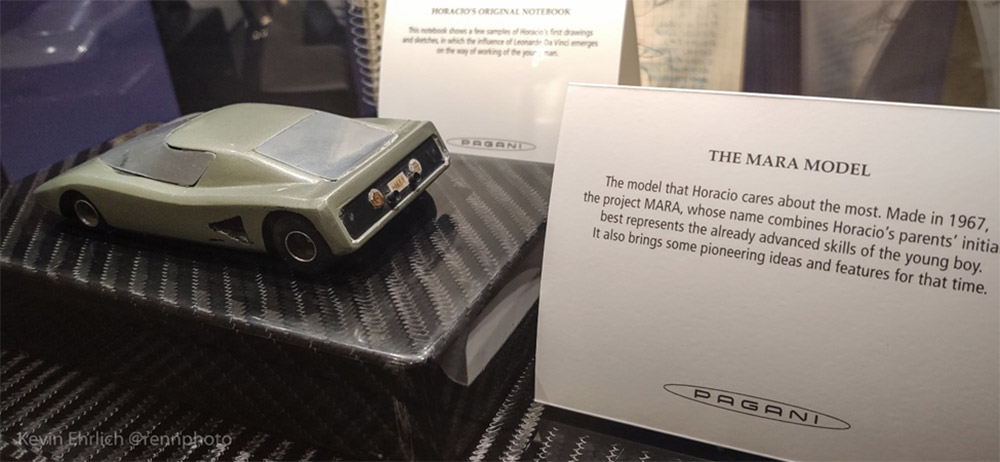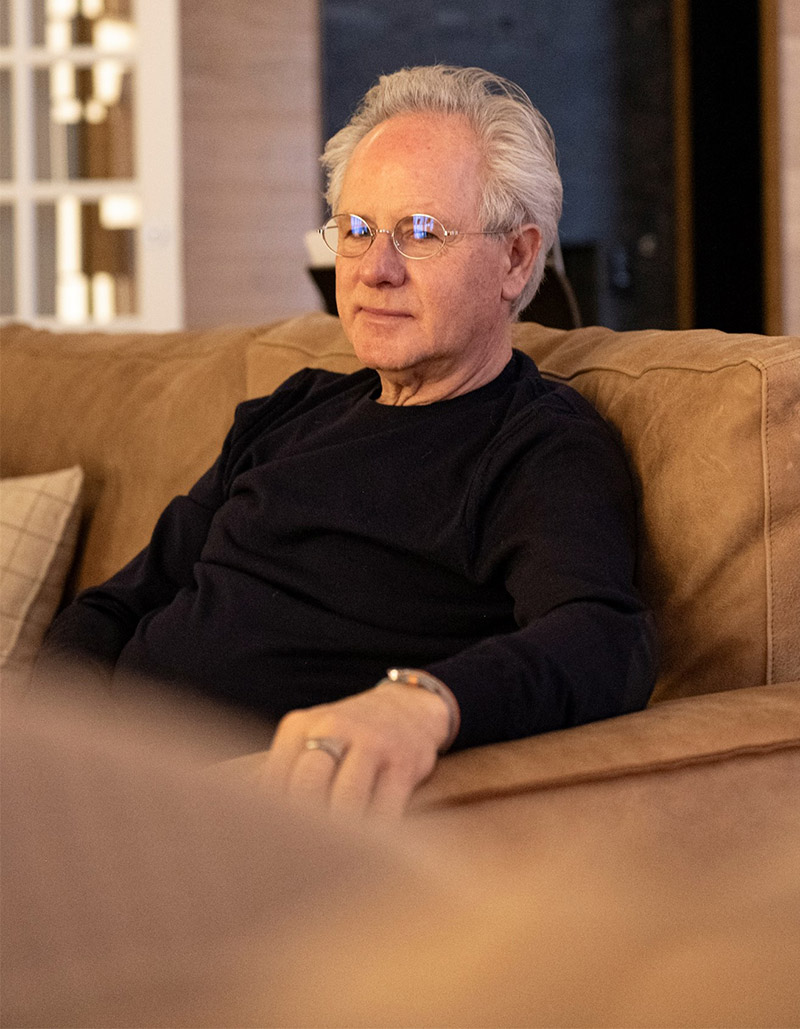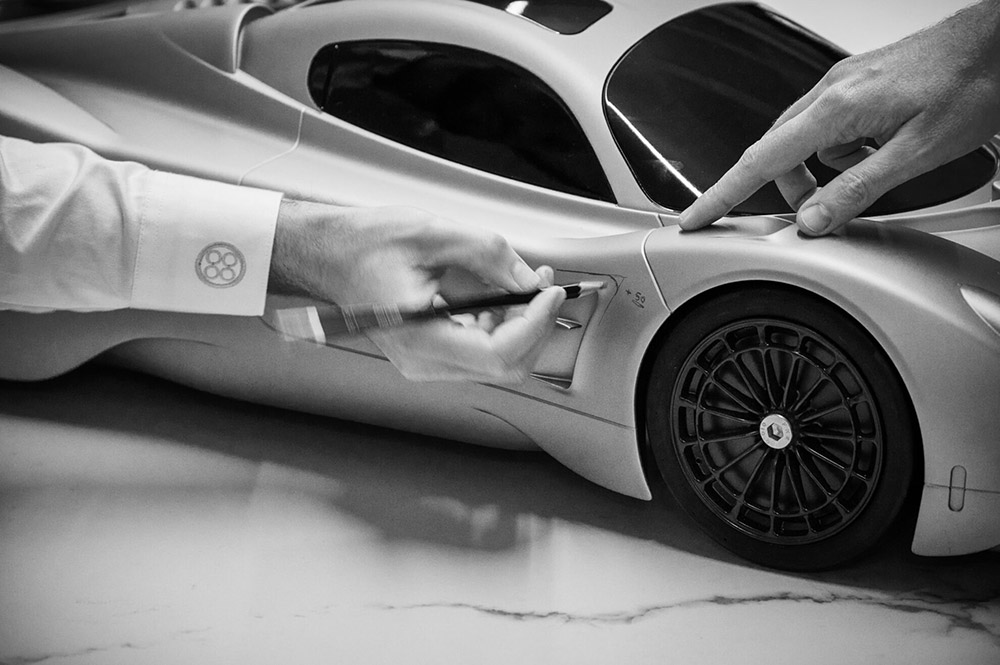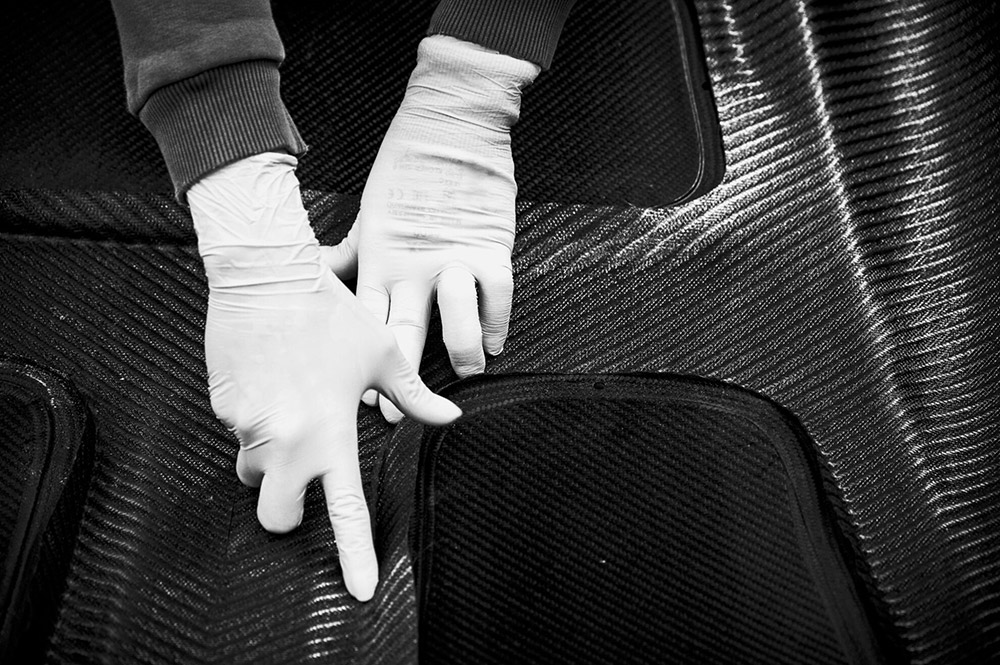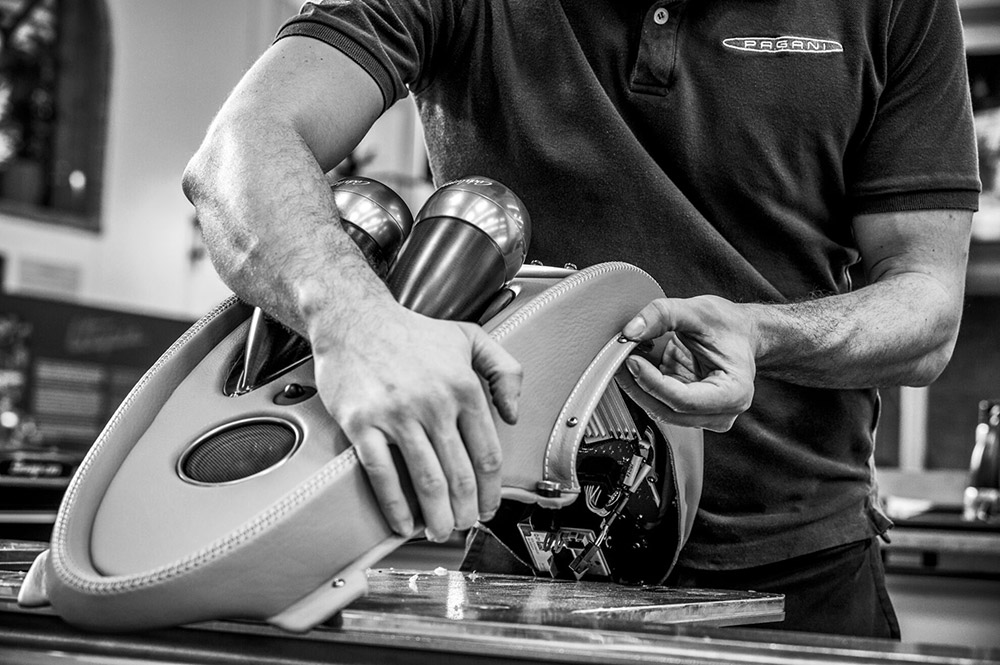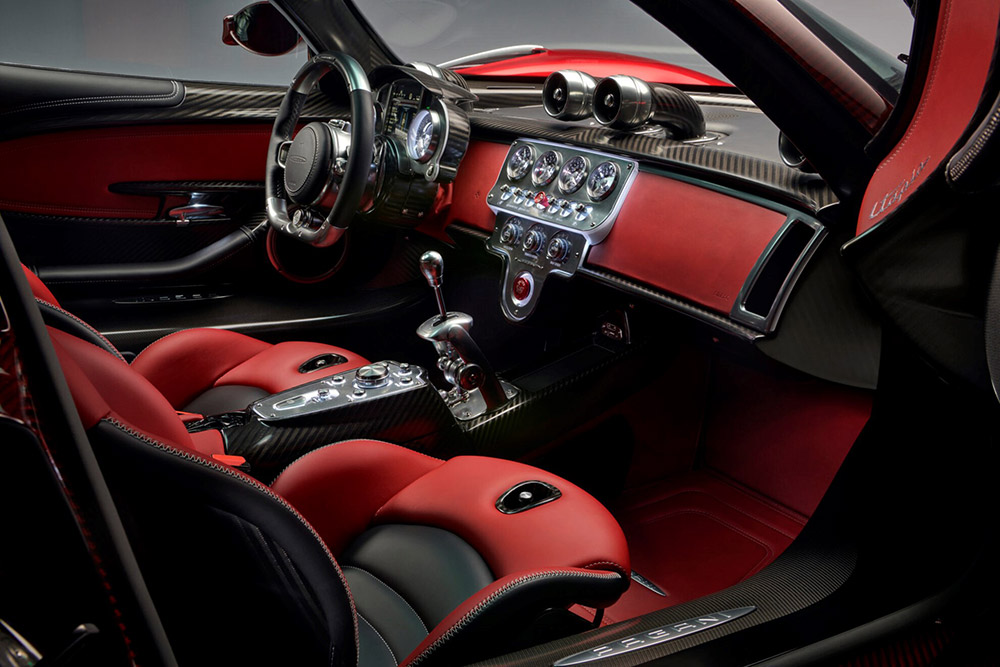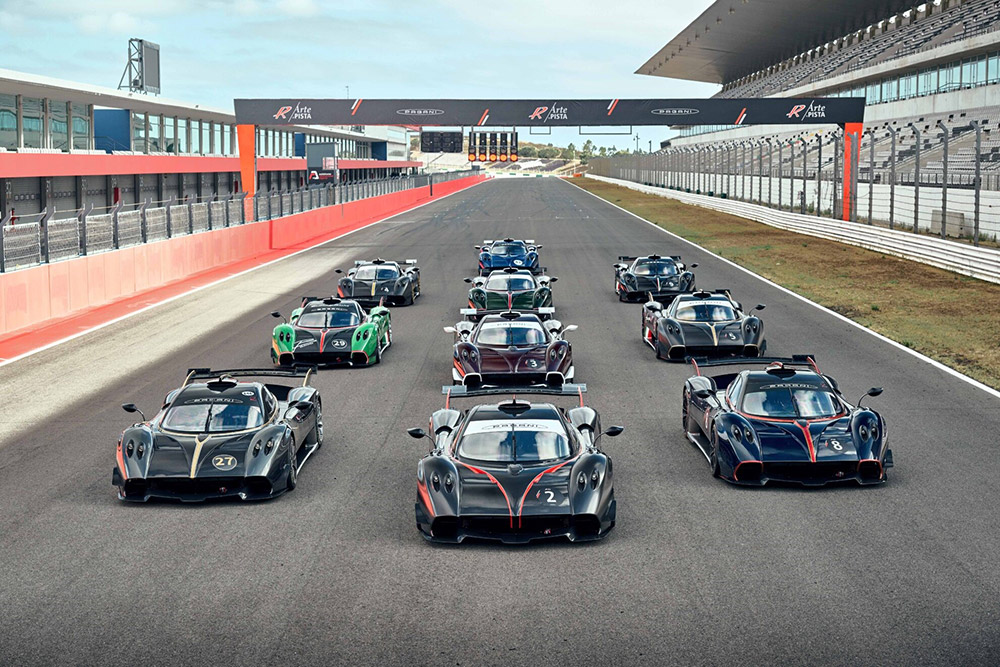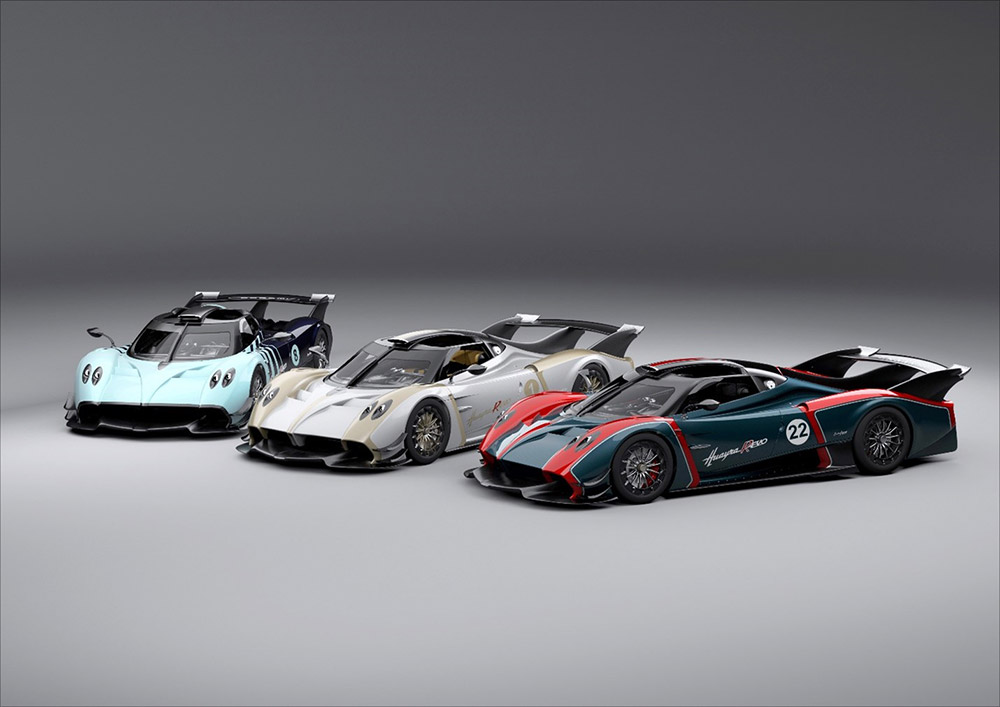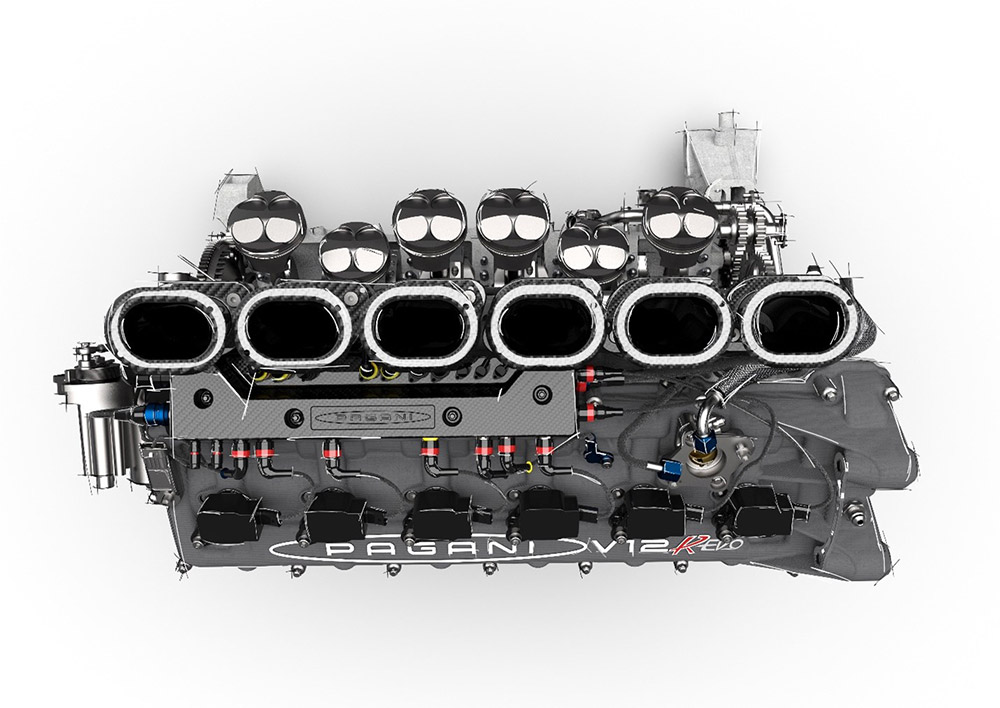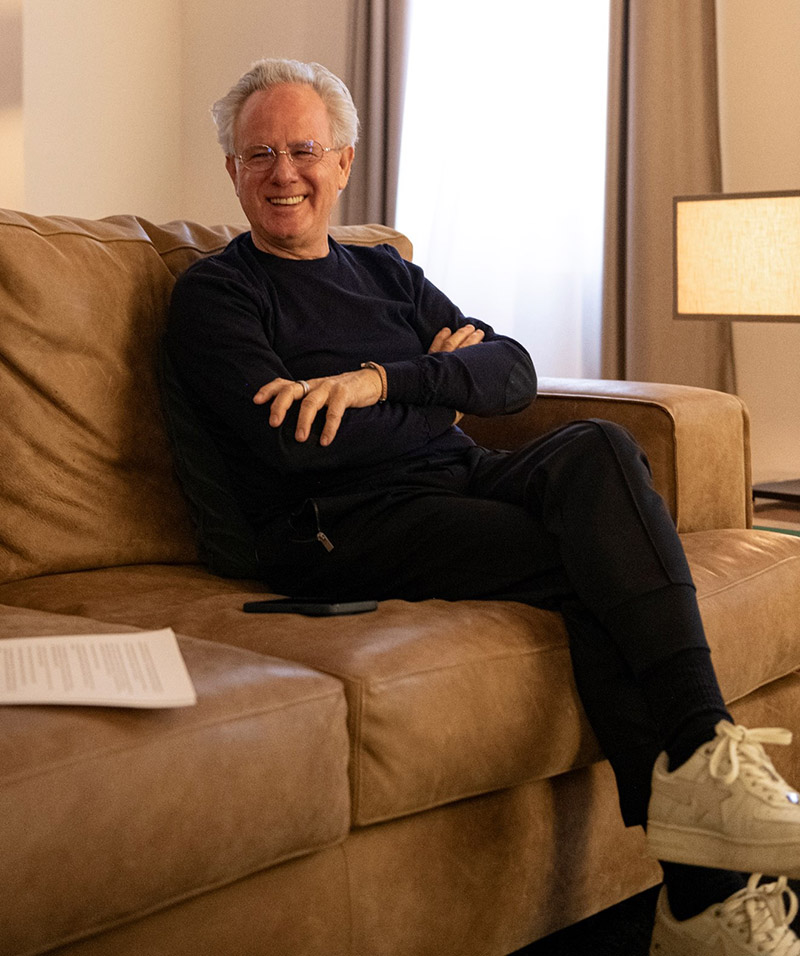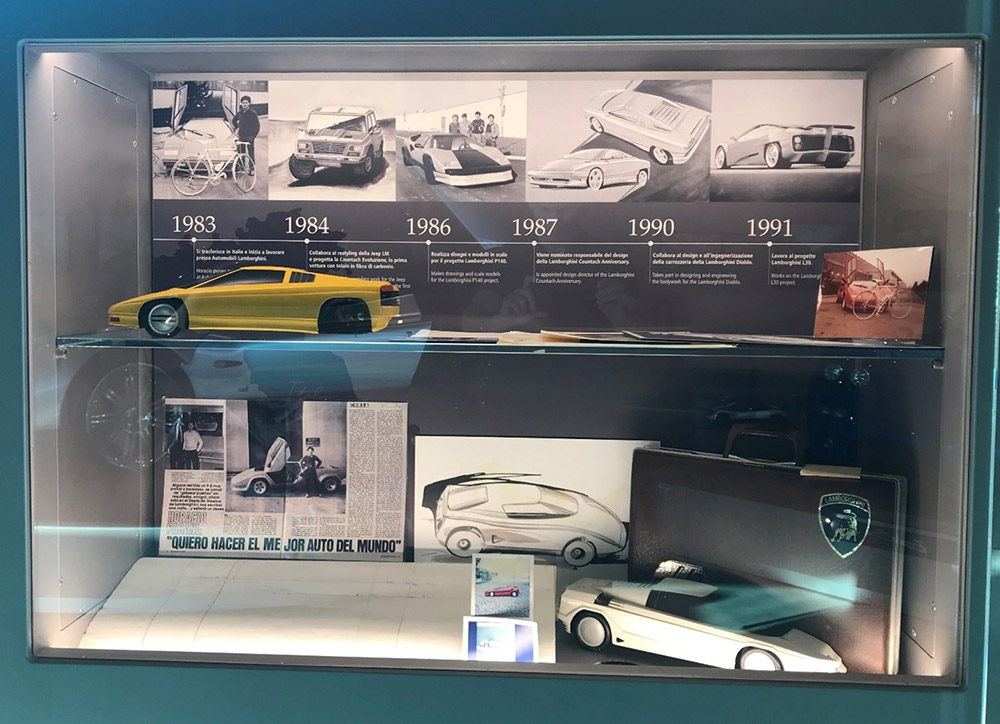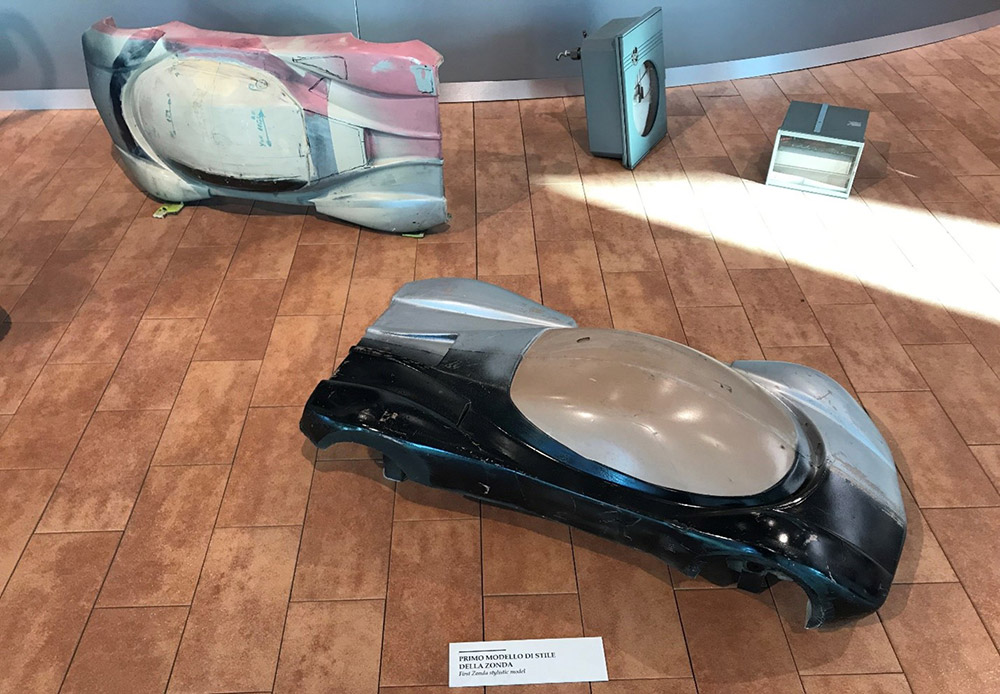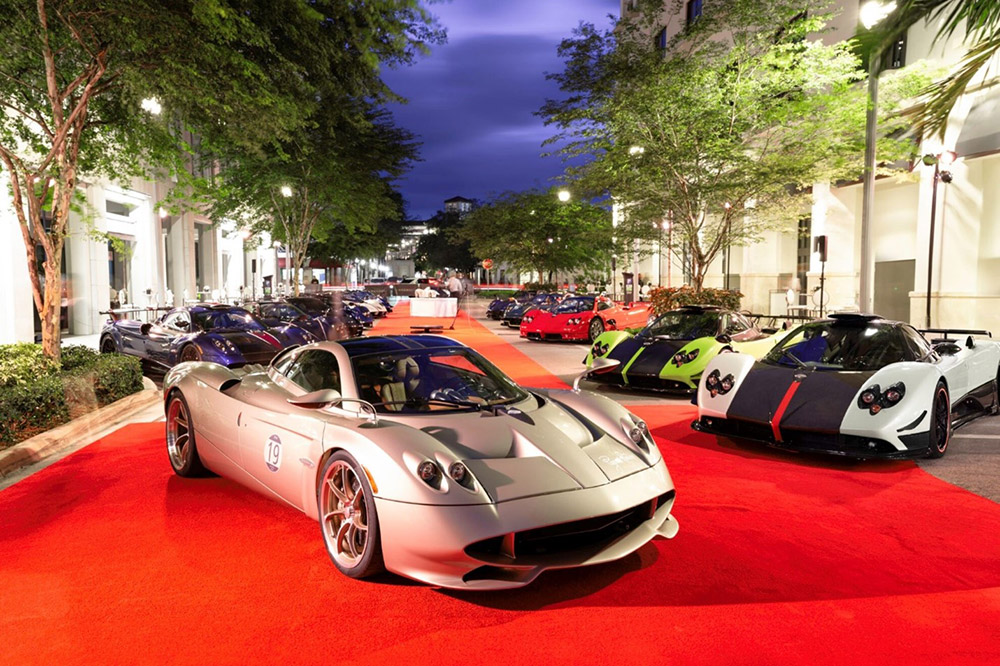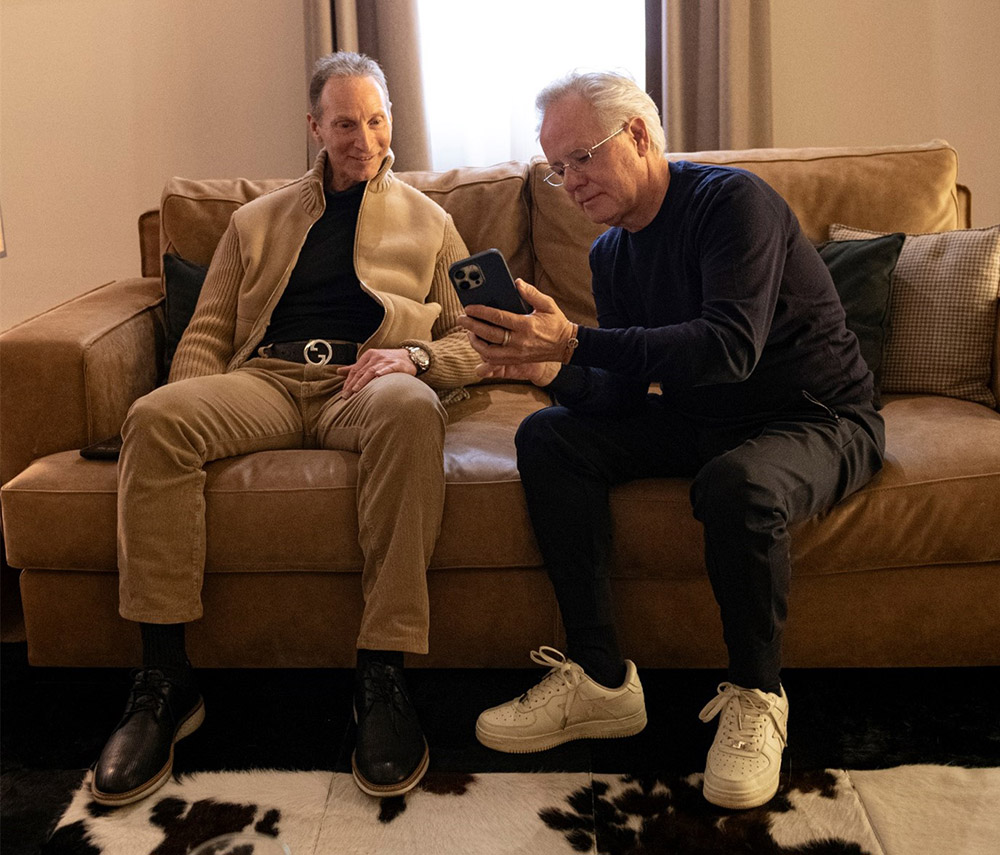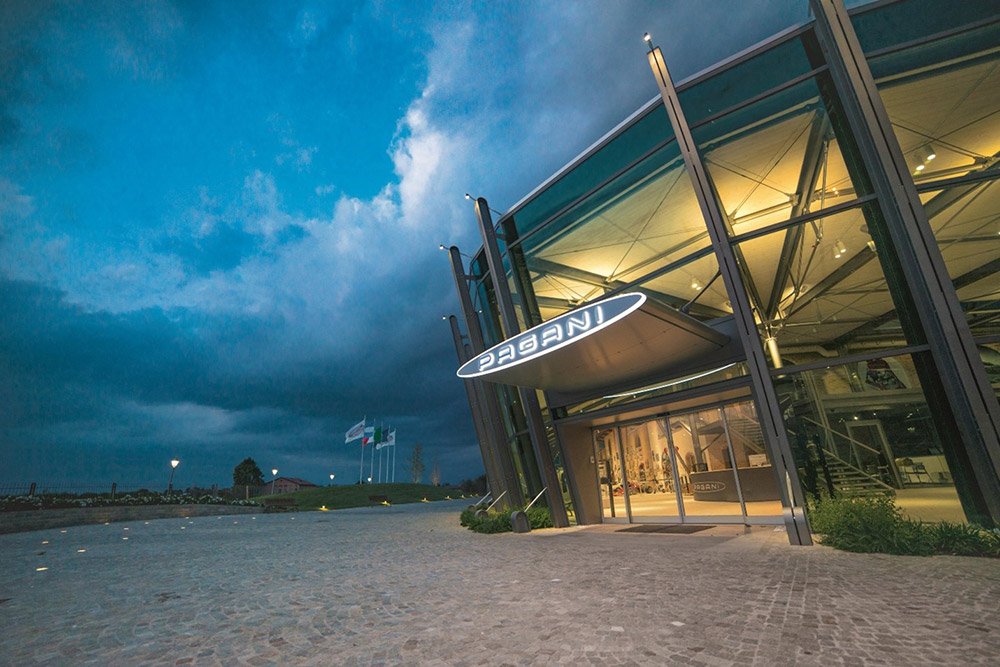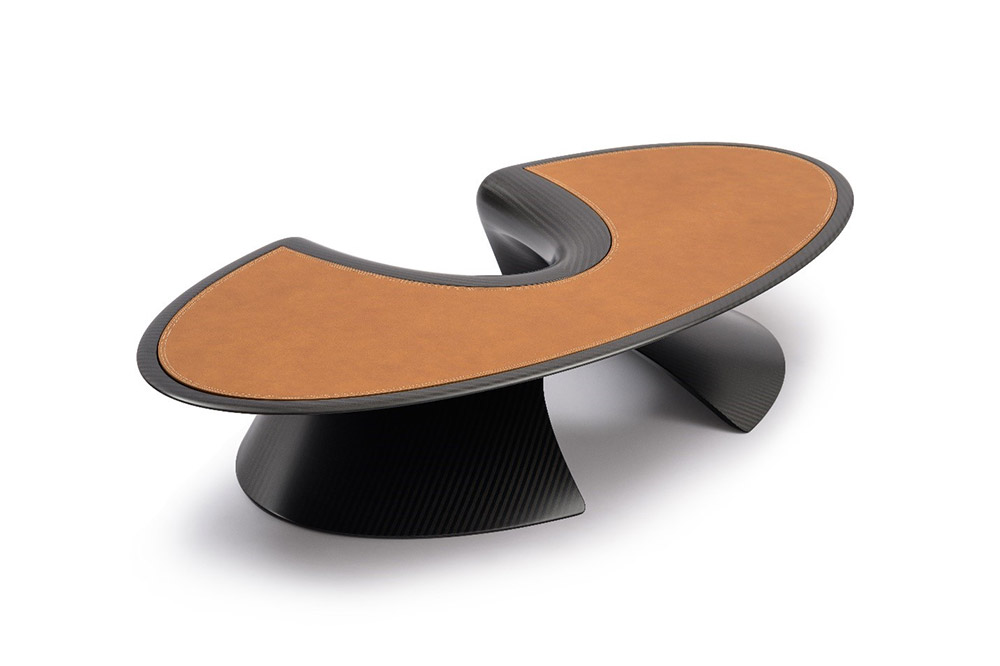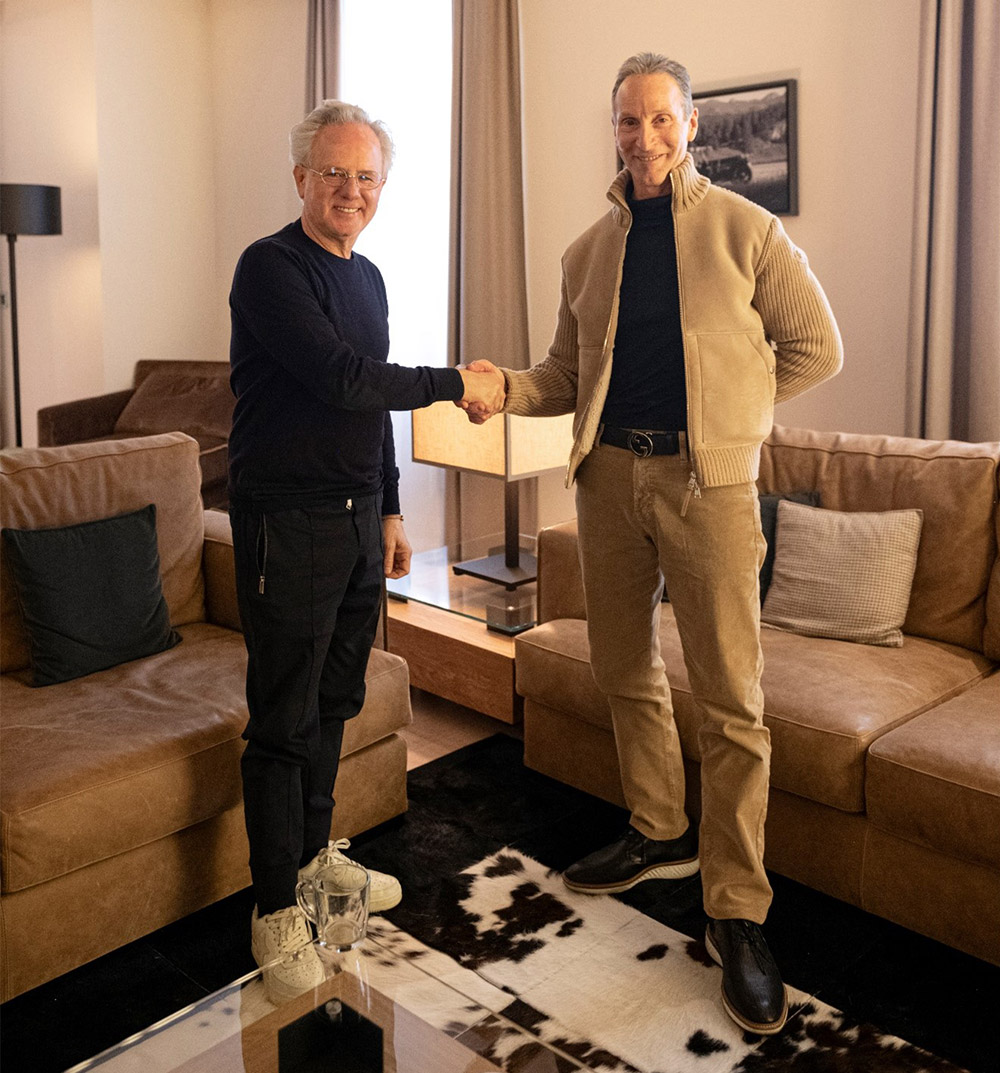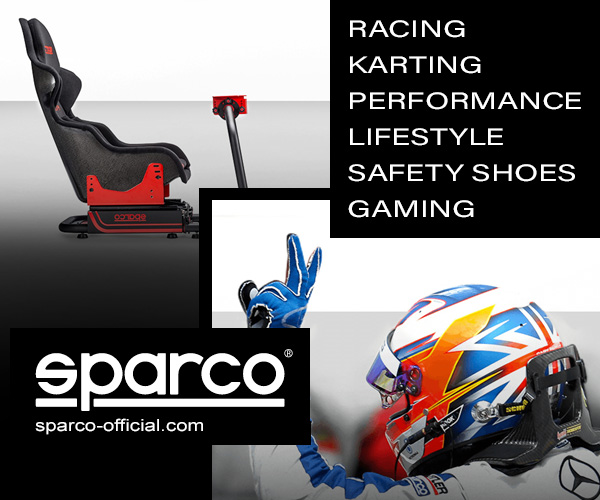Over five centuries ago, Leonardo da Vinci’s curiosity took him on a life-long quest to understand how the world around him worked. His papers are filled with mechanical drawings as he tried to de-construct what existed and imagine what could be. The breadth and depth of various codex papers is remarkable, particularly for someone that was primarily self-taught.
Da Vinci believed that art and science were inseparable. His papers show that he would not have only focused on mechanical aspects. He was both an engineer and an artist. The natural beauty of a bird was directly related to the effectiveness of its wings. He sought to translate wings inspired by nature into flying machines for people centuries before airplanes or helicopters.
If da Vinci lived in the 1900s, perhaps he would have investigated internal combustion, tinkered with turbos, and relished in the aerodynamic mysteries of downforce and drag. If da Vinci lived in modern times, he would have found a kindred soul in Horacio Pagani.
Speed Journal Principal Jeff Francis sat down with Mr. Pagani at the Grand Hotel des Bains Kempinski in St. Moritz before the 2024 International Concours of Elegance (I.C.E.) event. While snow covered Alps and a frozen lake may not immediately come to mind as the natural habitat for hypercars, Pagani fits in with The I.C.E. mix of classics, concepts and cars intended for the joy of driving. The Pagani team brought a Utopia and Zonda to Switzerland for the weekend. Unfortunately, a snowstorm cancelled most events, but the pair of Paganis were able to briefly pose for photos on the ice.
English is not Mr. Pagani’s native language, but the language of design and automobiles is universal. With the help of a translator, his energy, passion, and thoughtfulness shone brightly. (Click here for The Speed Journal’s update on Pagani Utopia deliveries and Mr. Pagani’s thoughts on the Utopia project.)
Every car begins with an idea and a sketch. As a designer, Mr. Pagani is actively involved in the company’s design process. He explained his daily routine of meditation and exercise before going to the Art & Science Research Center – the creative hub of Pagani. Unlike firms that isolate and separate engineers and designers, Pagani houses all 60 of them together. But most of all, Mr. Pagani draws. Paper still rules the design process. Mr. Pagani does not use a computer for design and has never used a computer. He does not use a computer for correspondence. A full technical team translates ideas into reality with technology, but all the ideas start on paper.
Pagani’s corporate museum and exhibitions show glimpses of the love for tangible paper sketches and models. For example, the 20th anniversary exhibition in New York’s Grand Central Terminal assembled with tire supplier Pirelli included more than just cars. It also included a spiral notebook with graph paper showing three pencil drawings Horacio Pagani sketched as a young man and a wood and resin scale model that he built at twelve years old. Called project MARA based on the initials of his parents, the model pushed young Horacio to think about moving to Italy. (Click here for The Speed Journal’s coverage of this event.)
The Pagani design team is home grown and infused with youth. Pagani employs about a dozen designers, all hired directly from school. “We never took designers who came from elsewhere,” Mr. Pagani said with pride. “They graduated from school and we did all the training for them.” Pagani puts full responsibility for its creations in the hands of those unburdened with the past. “Most of them came at a very young age. Even the designers at the head of the team, the team leaders, are thirty years old, even younger.”
Mr. Pagani shares his philosophy, experience, and skills with his young design team, but also learns from them and absorbs their ideas and creativity. “Creativity is mutual, an exchange of give and take, otherwise I would have no respect for the company. If the company were only Horacio Pagani, it would not have a future. It has a future life when it has so many young, disciplined people are focused on doing new things.” He recalls learning da Vinci’s philosophy of art and science working together from a young age and takes pride in being able to pass that philosophy to his team.
Talent plays a major part in bringing marvelous machines to life. Mr. Pagani pointed to his firm’s involvement with local training programs to stock the talent pipeline for the future. “In the last 10 to 15 years together with the other manufacturers, Lamborghini, Ferrari, and Maserati, we have been promoting and incentivizing a lot of the local university student programs. All manufacturers of the Motor Valley together are trying to do a lot for the training of these young people, in every technical and design area. We take these young people to work with us, and the training continues here as well.”
The collective collaboration with programs like the one at the Motorvehicle University of Emilia-Romagna (aka MUNER University) strengthens the region’s ability to support car and motorcycle manufacturers and suppliers.
Much of the Pagani company’s history can be traced to Mr. Pagani’s role in spurring the carbon fiber revolution in the late 1980s and early 1990s. “Yes, we can say that we were the pioneers in the field of composite materials, at least in the sports car world. Unlike all the other places where composite materials are manufactured: small or big companies, at Pagani you can visit everything, you can see how they make the parts, how they make the molds, and how the equipment is made.”
Pagani’s transparency is highly unusual in an industry that prioritizes technical development and maintaining competitive edges. “We think it’s important to motivate young people, to get them to come too, looking at ideas, eventually for growing. I am not jealous of the things we do. It’s very important for us to always keep studying to be technologically correct, but I don’t have any kind of jealousy to show what we do. To the contrary, managers from factories in Modena and overseas have visited Pagani and have seen the entire factory. We never hide anything. We even open the doors of our R&D department.”
Even if others see the parts, only Pagani can put them together in a unique way that its customers want and maintain a culture of creating new things in the future. The transparency can give Pagani an edge in the competition for customers and talent.
Mr. Pagani’s leadership sets the cultural tone at the company. He was emphatic: “We don’t design vehicles to please our own ego but we make vehicles that have to please the customer’s ego. This is what I try to transmit to everybody, not only the designers but the entire company. We have to be focused on what the customer wants, the customer only, because, our vehicles are very expensive and you could easily do without them. You don’t have to buy them. They’re not like an ambulance that’s vital.”
Pagani automobiles have been lauded for their beauty and most only experience them at a static display. The cars, however, must do more than serve as automotive beauty. A genuine driving experience remains paramount. Mr. Pagani eschews the use of electronics, both for the impact on the driving experience and the added weight. “I’m negative to the electronic interference of a vehicle because the car has to be pure when handling and when you make the car the lightest possible it’s easier to achieve the purest driving experience. If you make a car that weighs two tons, the electronics handle the driving experience and get on top of the human factor.”
He continued, “These cars can be dangerous, but a good ESP (electronic stability program) has to work perfectly, because otherwise you get hurt. We must not do things that penalize the driving emotions of the car.” Mr. Pagani is also keenly aware of the need for a Pagani motorcar to deliver its distinctive experience when called upon. “Our customer has in their garage a Ferrari, a Bugatti, maybe a Porsche, cars like that. They are usually very busy working people hence with limited time to drive. When they get in that car for those few hours on a Sunday, the car has to give a ‘genuine’ experience.”
A 12-cylinder engine is foundational to the Pagani formula, due in large part to its soundtrack. Mr. Pagani is adamant that Pagani will continue to use 12-cylinder engines as long as possible and there are no plans to change. As a designer, constructor, and customer, he knows the engine is a key part of a visceral customer experience. A Pagani car gets more and more unique as sportscars with 12-cylinder engines become more and more scarce.
Other cars, such as his personal Ferrari TDF, remind him that the touch of the steering wheel and the V-12 singing like Pavarotti provide pure driving emotion – even without driving it at top speed or running the tachometer to the redline. With a smile, he brought the thought back to the cars that bear his name. “The thrill that it gives you to drive such a car, besides having the prancing Ferrari horse in front of you. I prize such experiences being a customer and that is what I see our customers do with Pagani cars.” Mr. Pagani is an enthusiast and a customer rather than an indifferent participant in someone else’s vision. That perspective comes through in the final product that customers enjoy.
The story of that first autoclave purchase with his own funds while working for Lamborghini has become a legend in supercar circles. “I did buy the autoclave, but continued to work for Lamborghini for 4-5 years after I bought it. My goal at Lamborghini was to create a composite materials department. Lamborghini had much more economic means than I did, so when I left Lamborghini, I was in a beautiful composites department, with a great autoclave from Lamborghini, with a research and development team, with lots of guys who knew how to do things.”
Mr. Pagani’s firm had Lamborghini as a client but geopolitical events interfered with his plans. “Unfortunately, when the Gulf War happened, all the new projects stopped, so Lamborghini canceled all the projects, including a project that had been commissioned by my company, Modena Design. The project was to produce a car completely made in composite materials and Chrysler decided to stop all the projects.”
He continued, “It was a very hard time for us, I had big debts for the new company, and I had several employees so when this project blew up. It was very difficult because I only had one customer (Lamborghini). We had to reinvent ourselves. Even though it was a very difficult time in the world economy, that’s when I decided to make the Zonda.”
Despite the investment of so much passion into his automobiles, Mr. Pagani acknowledges a personal distance from his creations. “I don’t fall in love with my cars. If I fell in love with my own cars I would lose objectivity, I would not be able to see what are the flaws. A customer who spends all this money on a car, the first thing he finds are the flaws, so when I’m in front of one of my cars I try to perceive the flaws to improve the vehicle.”
Mr. Pagani admitted that “the Utopia is too recent for me to enjoy it. It took me 15 years to appreciate a Zonda, to say.” He appreciates other cars because he is a customer rather than their designer. “When I was given the Ferrari, when I was given the Ford GT, the Porsche, the 918, and the 911 as soon as I bought them, I enjoyed them, even if they had flaws. I don’t do the same with my cars.”
Like da Vinci, Mr. Pagani’s curiosity has led him in varied directions. The architecture design and layout of the Pagani building and museum benefits from the same attention paid to the cars. The new Pagani Arte division is independent and works on non-automotive projects. Projects range from interiors for buildings and helicopters to home furniture. The new division is a considerable effort, but Mr. Pagani finds it very satisfying. “We realized that we had technology that was not being used in aircraft, especially today, when you have to pull down weight and create some structures that are not heavy, or light in an aircraft, a helicopter, or an airplane. This is very interesting.”
Design sketches truly come alive when they take tangible form. “I prefer projects that can be seen and then become a real thing. We are always working on new things. However, I prefer that they can be touched when you have them in front of you. That’s our language – concrete things are the way we communicate.“
Company founders are culture carriers. They not only have the vision but they share and lead and cultivate that vision with others. They gather talent who wants to be part of the vision and build. Horacio Pagani emulates da Vinci’s philosophy of blending art and science through a modern-day lens. Customers with a shared vision see the benefits in their garages.
The Speed Journal would like to thank Horacio Pagani, Sebastian Berridi, and the Pagani team for arranging the conversation. Special thanks also goes to the Grand Hotel des Bains Kempinski in St. Moritz for providing the venue.



